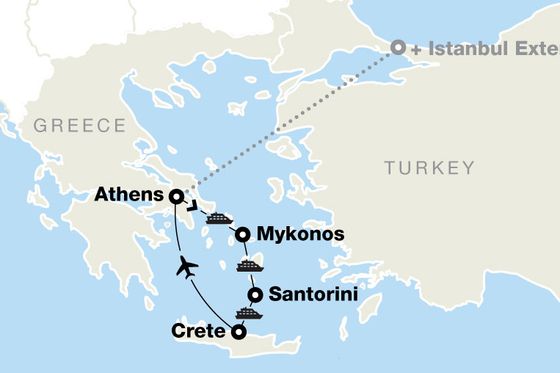History 101: Europe’s cafe culture
One of the best things about being in Europe is spending hours sipping cafe and cappuccino in a cafe, chatting with friends and, eventually, the locals. But there’s more to a cafe than just enjoying the atmosphere—it’s become its own culture, a foundation of European daily life.

One of the best things about being in Europe is spending hours sipping cappuccinos in a cafe, chatting with friends and, eventually, the locals. But there’s more to a cafe than just enjoying the atmosphere—it’s become its own culture, a foundation of European daily life.
So where and why did coffee come to Europe?
Coffee first came to Europe in the 17th century, arriving in the bustling port city of Venice and available solely to the wealthy. Eventually, as coffee became more widely available, “coffeehouses” or cafes started popping up in large numbers. In Western Europe, they were mainly social hubs frequented by artists and intellectuals. In London, they were a popular meeting place for discussing politics and business.
Over time, this cafe culture has become an important part of European society. Today, it’s part of day-to-day life, where meeting friends or colleagues for a quick espresso in the morning or afternoon happens regularly. Here in the U.S., the increasing popularity of open mic nights, poetry readings and availability of espresso and espresso drinks can find roots in Europe’s long-standing cafe culture.
Now that it’s summer, there’s no better excuse for hanging out at a local cafe, whether on tour or in your hometown. For the best people-watching experience, pick a spot that has an outdoor patio and lots of patrons sitting both indoors and out. As is the standard for most places in Europe, you’ll have to ask for the check when you want to leave—servers don’t want to interrupt, so you can enjoy a leisurely afternoon and linger as long as you want to.
In what European city would you love to spend a few hours at a cafe? Tell us on Facebook!

















































































